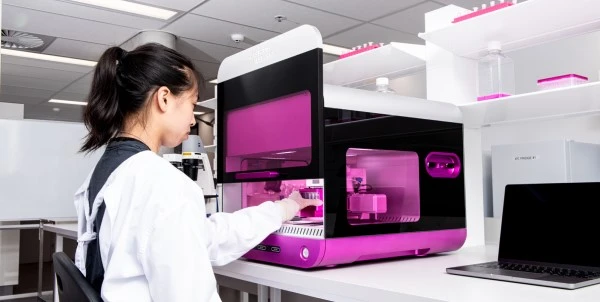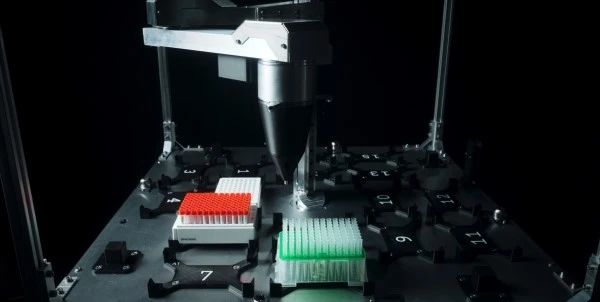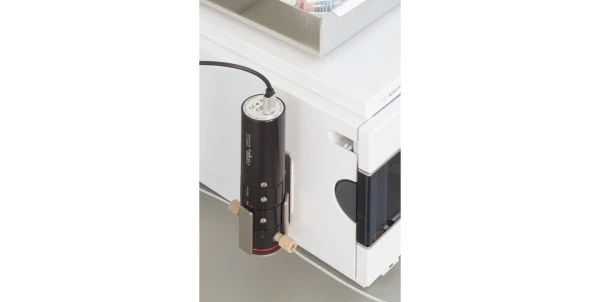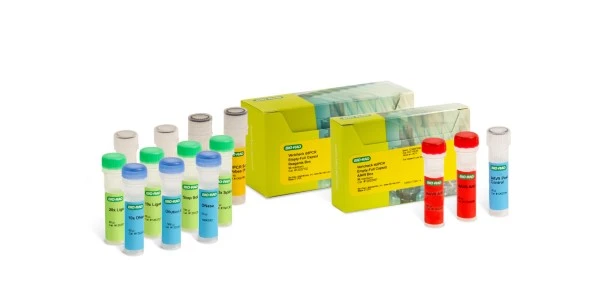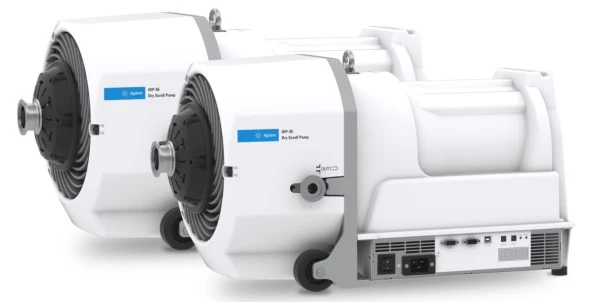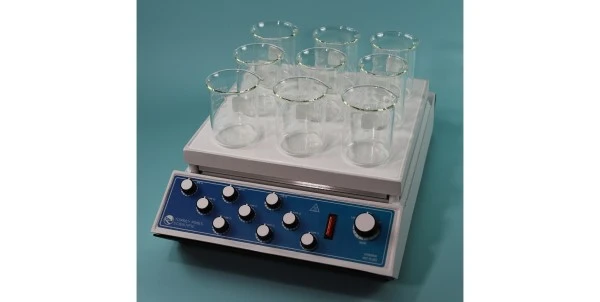
6 Questions to Ask Before Purchasing a Rotary Evaporator
Important considerations when looking to buy a rotary evaporator for your lab
Rotary evaporators, commonly referred to as rotovaps, are a versatile and common piece of laboratory equipment you can find in all sorts of labs, from proteomics research to the commercial cannabis industry. They are so ubiquitous that you may not have previously thought about the various considerations you need to make prior to purchasing a new one. Whether you are looking to upgrade, starting a new lab, or replacing a trusty old model that finally wore out there are some key questions you need to ask before making your purchase.
1. What volume of sample will you need to accommodate?
It may seem basic, but this is one of the most important factors to weigh when looking to purchase a rotary evaporator. Rotovaps come in a wide range of sizes, from 0.25L mini models to 50L industrial units. You will get the best results if you use an appropriately sized device, and if you need to accommodate multiple widely differing volumes of samples you may wish to consider purchasing multiple rotovap models.
2. How much space do you have in your lab?
Another thing to consider in regards to the size of the evaporator you are going to buy is the amount of space you have for it in your lab. There are both floor and benchtop models to choose from, as well as varying footprint shapes and sizes. Be sure to consider where the rotovap would fit best in your lab's workflow and pick a unit that will occupy that space without blocking anything.
3. What range of controls and settings do you need?
There are a number of adjustable settings on a standard rotary evaporator — such as temperature, vacuum, and rpm and more complex models have more finely adjustable settings. Consider what range of temperatures and pressures you need, what speed and power of rotary motor, and how minute your adjustments need to be. Different models of rotovap may also allow for adjusting the liquid used in the heating bath, which can accommodate different temperature ranges. It is also important to weigh whether or not you would like your rotovap to be programmable or semi-automatic, and if you require onboard fine-tuning options for more difficult separations.
4. Do your samples have any special considerations?
Picking the correct style of rotovap for your samples is important. Aqueous samples require higher precision controls to accurately separate, while other samples are highly heat sensitive and need constant monitoring to prevent damaging the components. Some samples have specific constraints in terms of what type of rotovap they can be processed in. For example, acidic samples require a rotovap constructed of acid resistant material. Be sure to consider all of the requirements and restrains of your samples before committing to a rotovap model.
5. Do you need bump protection?
Solvent bumping occurs when the solvent boils too quickly or foams up, spilling over the top of the flask. If your sample is not easily replaced or if contamination could ruin the process, consider looking for a rotovap that comes with safeguards against bumping, or ways to protect or preserve your sample if bumping occurs. These include models with splash or bump traps to collect any solvent that overflows, or precise sensors and vacuum controls to prevent bumping from occuring in the first place.
6. How easy to use does it need to be?
While rotovaps aren’t usually the most complex instrument in the lab, keeping the users in mind is still important. Ask yourself who will be using the rotovap and what they will need to learn in order to use a new one. How many people need to be trained on it? Should it be programmable? Do you need to be able to remotely monitor it? Carefully consider how the rotovap needs to function in your lab and save yourself a later headache.
If you keep these 6 questions in mind you will have a much easier time selecting the right rotovap for you and your lab.
View our Evaporators and Concentrators and Vacuum Pump listings.
